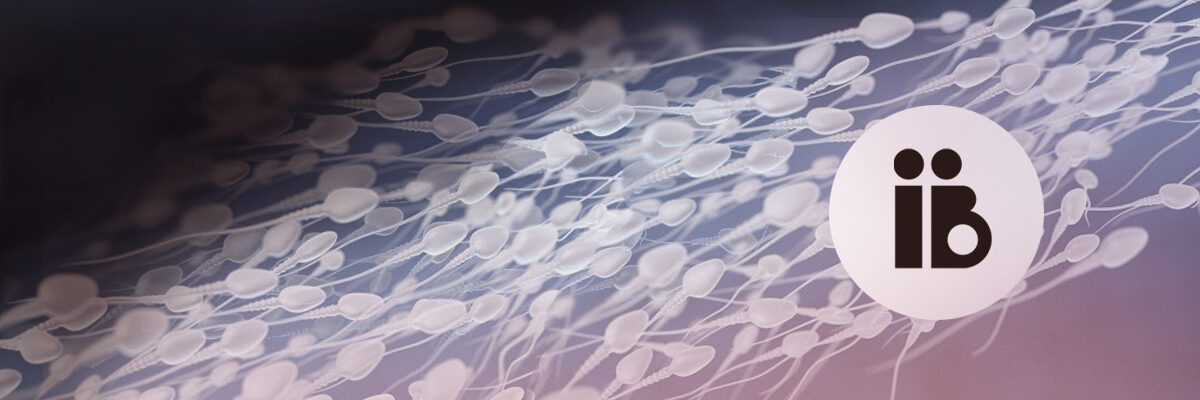Sperm meiosis study
The study analyses potential abnormalities in the genetic load in sperm in order to facilitate decisions regarding treatment

What is meiosis?
Ova and spermatozoa are the only human cells that do not have 46 chromosomes. They have half that amount or, in other words, 23 each. This is because, in order to create a new life, they need to join together to make 46 chromosomes.
Meiosis is the process during which spermatozoa precursor stem cells split their genetic load in half and change from having 46 chromosomes to having 23.
Abnormalities can take place during this process and these can give rise to spermatozoa with an abnormal chromosomal make-up. This can cause sterility, abnormal embryos, pregnancy loss and unsuccessful attempts at in vitro fertilisation.
When is performing a meiosis study advised?
Meiosis abnormalities in sterile patients range between 4 and 8%. However, this figure can increase up to 18% in men who have very low sperm counts, as is the case with oligozoospermia. In a study performed by Instituto Bernabeu involving 300 sterile or infertile patients, meiotic abnormalities reached 20.4% in cases of severe oligoasthenoteratozoospermia (a decrease in mobile sperm concentration and percentage) and 18% in patients with asthenoteratozoospermia (spermatozoa that have reduced mobility and morphological abnormalities). In addition, the incidence rate of meiosis abnormalities in 60 patients with poor with normal sperm and recurrent pregnancy loss or recurrent failed IVF (due to poor embryo quality, low fertilisation rates or if no pregnancy achieved) was also high. There were abnormalities in 45% of cases.
How are meiosis abnormalities analysed?
Meiosis studies have been included in male infertility analyses since the early 1980s. They are based on analysis of tissue from the testes obtained during a testicular biopsy.
What does a testicular biopsy for obtaining a sample entail?
This type of surgery is quick and performed when the patient is lightly sedated. No overnight hospital stays are required. A small incision is made in the testicle and a small sample is removed for genetic analysis. The stitches are reabsorbed (they come out by themselves and do not need to be removed). Once the intervention is over, the patient can return home. It is a simple technique that only requires limited rest before returning to life as usual.
Is there treatment for karyotype and meiosis karyotype abnormalities?
Abnormalities such as these cannot be treated and the fertility prognosis for sufferers is poor. However, they are of vital importance in terms of diagnosis in order to take appropriate decisions regarding reproduction.
It does not mean that individuals with this condition cannot produce a minimum quantity of spermatozoa that are chromosomally normal. However, there is no technique that enables us to separate chromosomally balanced spermatozoa from those that are not. As a result, an elevated percentage of non-viable embryos is likely. Fertility prognoses can be improved by selecting embryos using pre-implantation genetic testing (PGD) techniques or opting to use donor sperm or donated embryos.
What can these studies be used for?
A meiosis study enables us to observe and assess the composition and order of chromosomes across the different stages of spermatozoa formation in a manner that is more comprehensive than in conventional sperm FISH. As such, we are able to obtain more specific knowledge about a patient’s clinical history and give guidance about the most suitable reproduction technique.
Studies are usually recommended when patients have abnormal semen parameters because the frequency of meiotic abnormalities increases as semen quality worsens. This is what happens in severe cases of oligoasthenoteratozoospermia (OAT) in which spermatozoa concentration, mobility and morphology are abnormal. It is also recommended for cases of secretory azoospermia (absence of spermatozoa in ejaculate), recurrent pregnancy loss, long-term sterility with no concrete diagnosis and following several unsuccessful attempts at in vitro fertilisation.